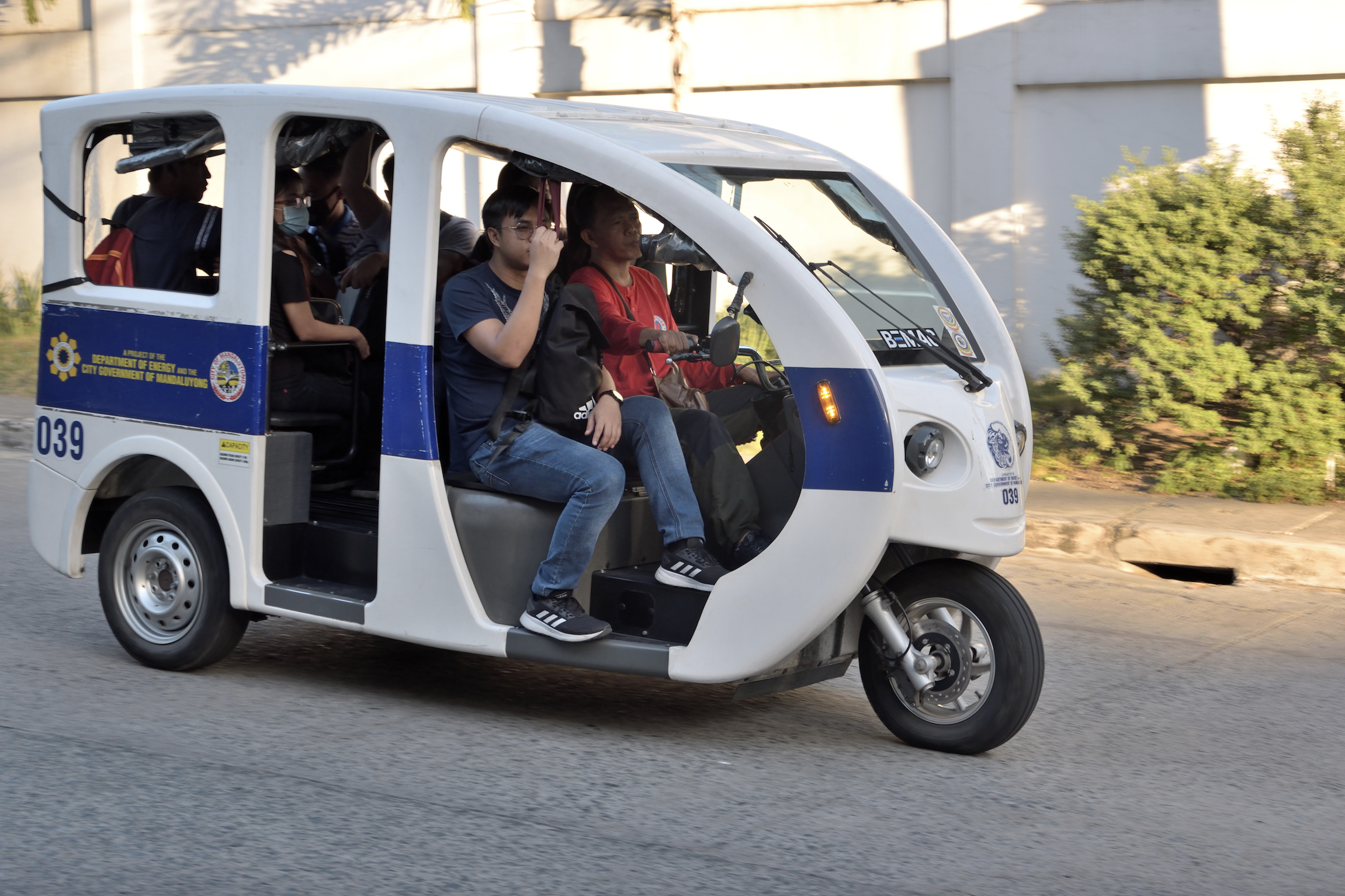

What next for e-mobility?
19 August 2020 Leisa Burrell

By Leisa Burrell
The need to cut greenhouse gas (GHG) emissions as part of the Paris Agreement has focused attention on the highly polluting transport sector, which accounts for a quarter of global GHG emissions. According to the World Resources Institute, to meet the Paris Agreement targets, emissions from the transport sector must peak around 2020 and fall 9 per cent by 2030.
If powered by renewable energy, electric vehicles can play an important role in helping to reach this target, while helping to catalyze economic and health benefits along the way. Working to support the acceleration of e-mobility around the world, the United Nations Industrial Development Organization (UNIDO), with support from the Global Environment Facility (GEF), is working in seven countries to help accelerate the shift to more sustainable transport systems in order to meet the Sustainable Development Goals (SDGs).
“Countries face a series of systemic challenges to adopting electric mobility,” says Director of UNIDO’s Department of Energy, Tareq Emtairah. “Policy coordination among ministries and key stakeholders, lack of infrastructure and standards, high upfront costs, a general lack of awareness and understanding of the technologies are just some of the challenges faced by governments trying to implement e-mobility infrastructure. Hence, it is critical that e-mobility is considered holistically, taking into account the electricity mix charging e-mobility as well as the sustainable use and disposal of electric vehicle batteries.”


UNIDO recently published a report outlining its experience in e-mobility in China, Malaysia and South Africa as well as input collected from an expert group meeting hosted in Vienna in September 2019. The report presents policymakers and industrialists with a set of recommendations on the way forward for devising e-mobility programmes:
The lessons learned contained in the report will also be incorporated into the design and further development of future projects. Under the GEF 7 Global E-Mobility Programme, implemented jointly by the UN Environment Programme (UNEP) and the International Energy Agency (IEA), UNIDO will lead projects starting next year in Albania, Jordan, Tunisia and the Philippines.


A copy of the publication can be downloaded here.
See also: In the driver’s seat of the energy transition: how the adoption of electric vehicles can be a driver for sustainable industrialization and climate action by Danilo De Oliveira Pereira, December 2018
For more information, please contact:
Katarina Barunica Spoljaric
Nicholas Dehod